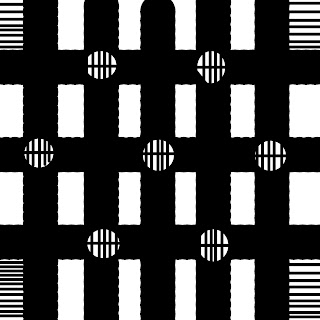Sunday, September 25, 2011
Friday, September 23, 2011
Thursday, September 22, 2011
Wednesday, September 21, 2011
Sunday, September 18, 2011
Monday, September 12, 2011
Night Has Cast Its Shadow...
I believe this photo would be considered as a 'good composition' photo for the following reasons:
A). There is variety in the lines, shapes, and sizes presented in the composition. In terms of lines, we have several presented. For example: there are the horizontal lines of the siding, the slanted lines of the stems, another set of slanted lines belonging to the hydrangeas, the curved, slanted and straighten lines of the hanging decoration, and the slanted and curved lines of the shadow casted by the hanging decoration.
In terms of shapes, they are as follows: you have the tick rectangular shape of the siding, the thin shape of the stems, the curved and indented shapes of the hanging decoration, the rounded, pointed, and straighten shapes of the shadow, and the small, folded shapes of the hydrangea.
In terms of the size, you have the rather large yet thing size of the stems, the small yet detailed size of the hydrangea, the broad and elongated size of the siding, the jagged size of the decoration, and the condensed size of the shadow.
B). There is a lot of movement taking place in the photo. For example: when one looks at the photo, the eyes are instantly drawn to the hanging decoration. Therefore, causing movement. Why are the eyes drawn to the decoration? Because the stems, though skinny in shape, arch-up towards the decoration, pointing the eyes of the viewer in the direction of the decoration.
Sunday, September 11, 2011
Alert and Ready
I believe this is a 'bad composition' due to the following reasons:
The cat, who is fondly called Princeton after the Ivy League University, is sitting alert, ready for action. When the viewer, like yourself, sees this photo, they are instantly drawn to Princeton and his serious state of being. However, because of this, they fail to notice the table on which he is positioned. They also fail to notice the background setting of the composition. Upon further examination, they notice that Princeton is indeed sitting on a patio table. Once they notice the table, they'll notice the chair that matches the table. Upon noticing the chair, they'll perhaps look further. In doing so, they will notice that there is a porch with railings behind chair. There are also shrubs and a tip of a window to the left side of the screen.
Since, therefore, most viewers probably do not notice the elements upon first and perhaps even second or third glance, I believe this picture is a 'bad composition;' for all they see is a cat that is 'Alert and Ready,' thus failing to move about the composition.
The cat, who is fondly called Princeton after the Ivy League University, is sitting alert, ready for action. When the viewer, like yourself, sees this photo, they are instantly drawn to Princeton and his serious state of being. However, because of this, they fail to notice the table on which he is positioned. They also fail to notice the background setting of the composition. Upon further examination, they notice that Princeton is indeed sitting on a patio table. Once they notice the table, they'll notice the chair that matches the table. Upon noticing the chair, they'll perhaps look further. In doing so, they will notice that there is a porch with railings behind chair. There are also shrubs and a tip of a window to the left side of the screen.
Since, therefore, most viewers probably do not notice the elements upon first and perhaps even second or third glance, I believe this picture is a 'bad composition;' for all they see is a cat that is 'Alert and Ready,' thus failing to move about the composition.
STOP: Bad Composition Ahead!
I believe this is a band composition for the following reason:
When the viewer looks at this photo, the notice instantly the red STOP sign plastered in the center of the page. They notice its read coloring and its bold, white letters.
However, the fail to notice that a). There is a piece of pink tape plastered to the pole; b). the trees in the background, and c). the road signs posted directly to the signs' right.
Therefore, since this sing keeps the viewer from gazing over the entire composition, it can be argued that it is a 'bad composition.'
Raise Your Eyes to the Stars
I believe this is a 'good composition' because of the following reasons:
A).There is repetition with colors of red and white. There is also repetition of the white stars.
B). There is variation in the presentation of lines. The horizontal lines of the stripes do not match-up. Therefore, the variate on how they are presented.
C). There is movement due to the large fold of material to the left of the composition: the fold pulls the eyes of the viewer towards the stars, therefore causing them to 'raise their eyes to the stars."
D). The composition is also asymmetrical. This adds an element of question and quest.
E). The shapes are also variant. Though on a traditional flag the stripes would line-up perfectly with each other, this is not the case in this composition. The stripes, instead, do not line-up perfectly but rather disjoint themselves. This, therefore, causing the viewer to wander across the composition. Also, the folds and shapes of the star section are not presented in a 'traditional manner.' Again, this causes the viewer to examine closely the content of the upper right hand corner.
Subscribe to:
Comments (Atom)




















